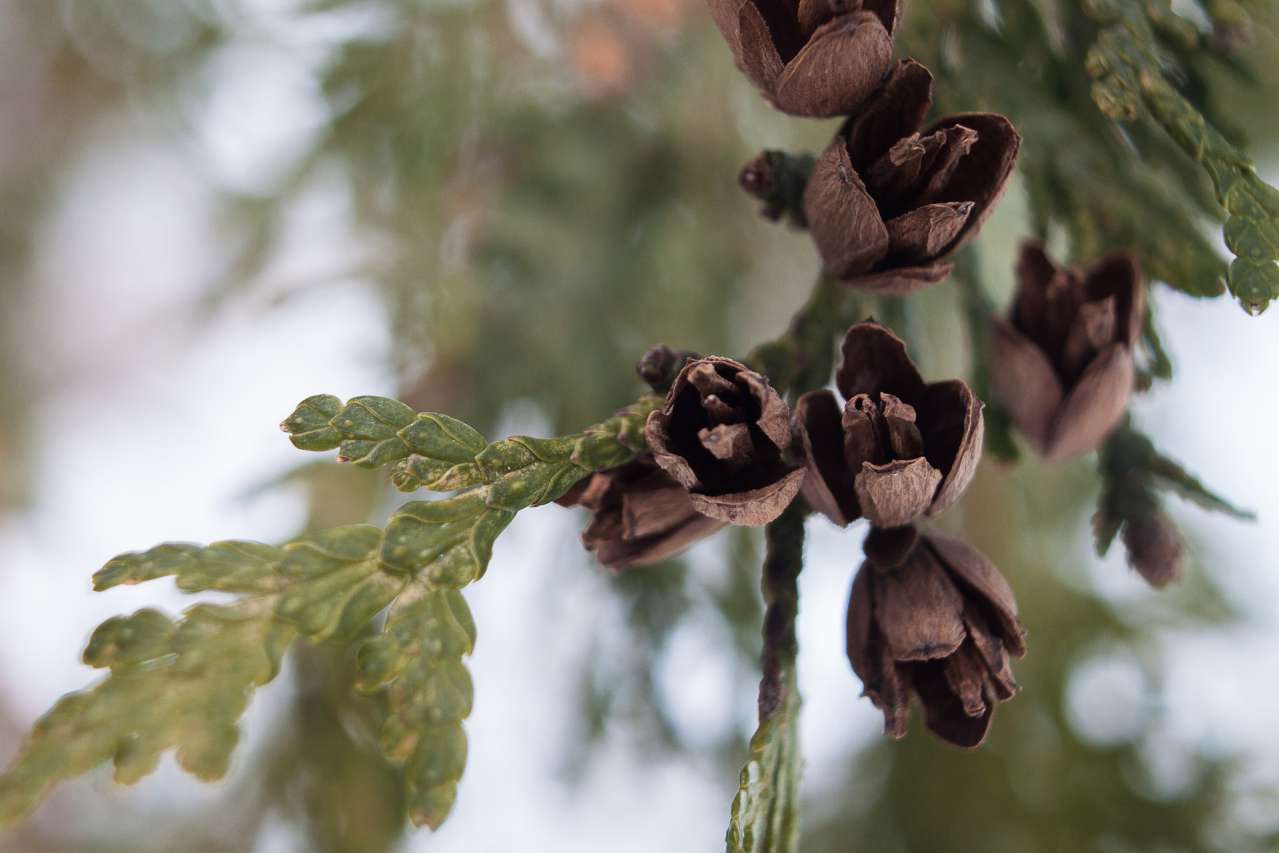Tips for Gardeners: How to Grow Thuja Properly
Dig a hole for the tree. Place fertilized soil at the bottom, dilute the main soil with peat and sand. Set the root collar flush with the ground so that the plant does not rot and dry out.
Water the young thuja regularly (a bucket of water once a week or more), spray in the morning or evening.
What do not like Thuja
Thuja does not like alkaline soils, they are viscous, heavy, poorly pass air and moisture. The best option for her is slightly acidic soils (pH 4-5.5).
When planting a thuja, it should be borne in mind that it does not tolerate direct sunlight. They will burn out its delicate needles, and the tree will quickly lose its decorative effect, and then begin to hurt. In full shade, the thuja will also wither, and the bright color of its crown will fade.
How and where is it better to plant a thuja
Thuja can grow in clay or swampy soils, but the most favorable soil for it is turf with peat and sand. The plant loves light and at the same time dehydrates from its overabundance. Choose a bright area for the thuja, where there is no draft and direct sunlight.

What can not be planted next to the thuja
It is also undesirable to plant nearby plants with a branched root system, which will delay and disrupt the development of both crops. It is not recommended to plant fruit bushes nearby - currants, raspberries, gooseberries - their harvest will deteriorate.
